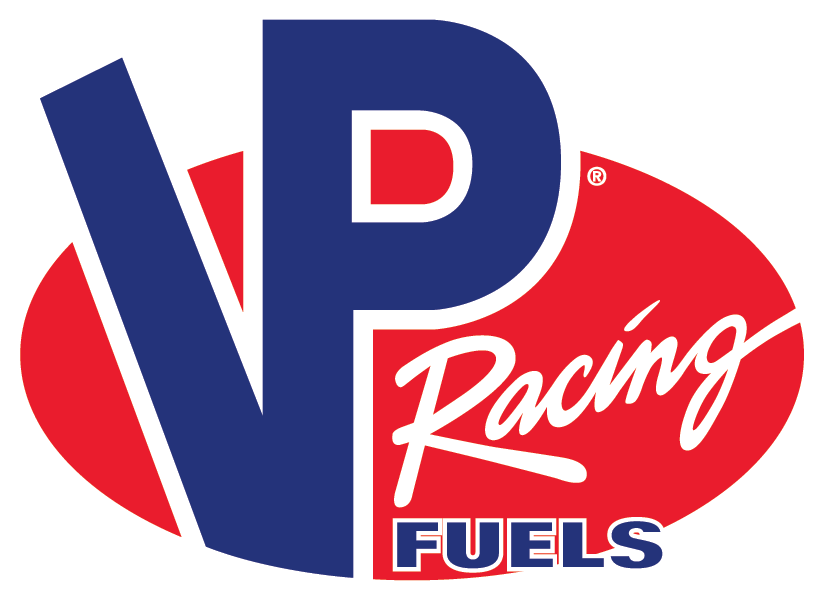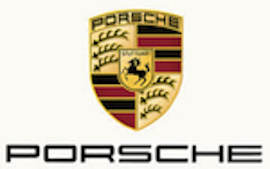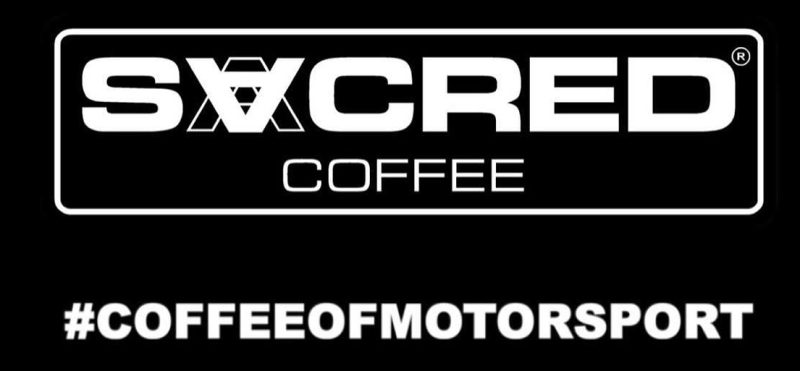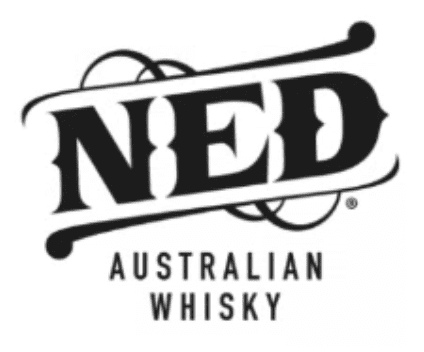“Stirling Moss was unimpressed with the FIA’s new sports car rules.
The language mandating taller windshields had touched a nerve. By the end of the first lap of the second round of the 1960 Sports Car Championship season he was in fourth position and high dudgeon.
Howling past Sebring’s pits in Lucky Casner’s Camoradi Birdcage Maserati he gestured forcefully and with obvious displeasure at the tall windscreen. Moss is a giant in the record books but like most great racers he is not a tall man. His co-driver Dan Gurney is big in the record books and long in inseam; he could see over the vast windscreen of Maserati’s newest sports racer. So Moss vented his anger on the race course.
His start at Sebring — they used the Le Mans start then — was uncharacteristically restrained and the white and blue Birdcage was a lowly 15th under the bridge. But he wasted no time during that first angry first lap around the old airport and made his ire do some of the work. The Tipo 61 built up a huge lead through the morning and into the afternoon despite the Camoradi team’s sometimes comical pit work. Moss set the fastest lap and retired after eight hours when the rear axle broke.
Porsche won Sebring one-two. It was their first overall win in America’s Le Mans offspring enduro. On Sunday morning the Sebring-winning roadsters were packed off to Brumos Porsche’s race shop on Main St. in Jacksonville, Florida where they were offered for sale: $4,500 American for a Sebring winning RS60.
Porsches won the again in Sicily and Ferrari was screaming for revenge. He had stayed home from Sebring after a long distance argument with Alec Ulmann over Sebring’s official gasoline (Amoco) policy. So he sent four cars to the Nurburgring where Jimmy Clark led the first lap in a very used Aston Martin DBR1. Stirling Moss and Dan Gurney led most of the rest. Dan Gurney had the sort of day mere mortals dream of and put the Maserati into the lead before handing off to Moss. Ferrari had another sort of gasoline problem at the ‘Ring and nearly burned down their pits during an especially clumsy pit stop. And Porsche (second overall) out-pointed Ferrari (third) again.
This left everyone four weeks to prepare for Le Mans. Ferrari sent four works three-liter Testa Rossas backed up by a fifth from Luigi Chinetti’s NART New York outfit. Lucky Casner had lost the services of Stirling Moss. On F1’s blackest weekend just one week before Le Mans Moss had crashed Rob Walker’s Lotus 18 at Burneville. Running over 150 mph with his foot down hard a rear wheel came off the fragile Lotus. It was the first big accident in a weekend that claimed two lives. Moss spent the Le Mans weekend in St. Thomas’ Hospital, London.
Briggs Cunningham was welcomed back to Le Mans like visiting royalty. He brought a trio of fuel-injected Corvettes and a prototype Jaguar code named E2A, all running in the GT class.
Jim Clark got the dark blue Border Reivers DBR1 Aston — looking absurd with its tall FIA-windscreen — away first, but was overrun by the time he was under the Dunlop bridge. Cunningham’s Corvettes and his Jaguar “E2A” E-Type prototype, Walt Hansgen up, went over the hill into the esses first. Masten Gregory (Jim Clark’s hero) was about 13th under the bridge.
When the mob arrived at Maison Blanche Masten had done his best Stirling Moss imitation and had Lucky Casner’s full-aero Camoradi Birdcage well out front. Hansgen was an astonishing third in Cunningham’s Jaguar, ahead of all the Ferraris save Gendebien’s TR. But wild Willy Mairesse fixed that for Modena after only one more lap.
Gregory spent his first stint building a fat lead but the red tide was five deep behind him. New ACO rules mandating fuel capacities said no refueling before 24 laps and Gregory pitted at 5:39 p.m. Co-driver Chuck Daigh waited on the counter. When his turn came the long tail Maser would not crank. It took nearly an hour to rebuild the starter;. Daigh, the man who had won big money Times Grand Prix in 1958: Scarab’s original hit man, was eleven laps in arrears by the time the Birdcage was repaired. The Frere/Gendebien Testa Rossa simply drove by the inert Birdcage into a lead the Belgians would never lose. By then Casner’s other Birdcage was gone with electrical problems.
Two miracles raced in fifth and sixth positions. Graham Whitehead had driven his new Ferrari 250GT to Le Mans from the factory, ran the athletic coupe through scrutineering, painted the #15 in the appropriate places and was running fifth; first among the GT cars. Behind him the ton-and-a-half Cunningham Corvette of John Fitch and Bob Grossman amazed and delighted the French spectators.
The rain hit at 6:00 o’clock, and that got everyone talking about the 1958 race. The drivers, miserable and half blind behind their now-opaque FIA windscreens, started a seemingly endless round of pit stops begging for cushions allowing them to bolster themselves and elevate their seating position. In the Corvette John Fitch turned on the windshield wipers and smiled involuntarily. Sadly teammate Freddy Windridge had buried Cunningham’s number-two Corvette in the Tertre Rouge sand.
But by midnight the Ferraris had complete control placed first, second, fourth, fifth, eighth, ninth and eleventh positions. They had the overall and GT lead despite the heroic lunge of the Border Reivers Aston DBR1 splitting the leading Ferraris just before midnight. Roy Salvadori, winner of the ’59 24 Hours, was teamed with Aston Martin’s new find, Jim Clark, who had been scheduled to race their DBR4 F1 car. It was a fine pairing. Clark’s temperament and ease with the car was ideal for long distance racing. By 2:00 a.m. the Aston had split the Ferraris and the first three cars were on the lead lap.
Something else was going on in the Camoradi pits. Daigh had lashed out beginning an impossible pursuit of the Ferraris, The Americans had regained 17 positions by the end of the eighth hour when the final ax, dead electronics, felled on the aero-Birdcage.
The other white cars were having a mixed day. Only the Fitch/Grossman Corvette was healthy, and had raced steadily into the top ten. Around 2:00 a.m. the Pilette/Ricardo Rodriguez NART Testa Rossa got busy moving from fifth to second in the time it took to burn off a single load of fuel. The Mexican teenager was on the scent but the adults in the leading works TR got the word from team manager Tavoni that Chinetti’s customer team was coming. The word went out to the Ginther/Mairesse Ferrari as well and they put the whip to their Testa Rossa and demoted the Chinetti car to third just before dawn.
The new morning ended the heroic race of the ungainly looking Ecurie Ecosse Jaguar D-Type of Bruce Halford and 1956 winner Ron Flockhart. The carefully prepared old
D-Type wore a grotesque hump for the required FIA suitcase, and it had a real glass windshield with a functioning wiper. A broken crankshaft put the Le Mans icon out after 168 laps. Briggs Cunningham’s be-finned E2A Jaguar had blown a head gasket during the dreary tenth hour. But Cunningham’s fuel-injected Corvettes were up to ninth and 15th running better and faster than expected.
The rain had finally gone but the clouds lingered during the breakfast hours. Gendebien and Frere still had the race by the throat and the NART TR had managed to regain second overall just a lap ahead of the Ginther/Mairesse TR.
One of the most gallant drives ended just after 11:00 a.m.. The Thompson./Windrige Corvette had fought back after an expensive interlude in the Tertre Rouge sandbank. With most of the front bodywork in tatters the number-two Corvette’s engine expired in a theatrical cloud of steam right in front of the pits. Fred had to keep the firemen and marshals at bay as he parked the dead ‘Vette on the escape road. He finally pleaded with them to refrain from spraying the smoldering car with chemical extinguishers, “You know how fussy Briggs is!” he said later. In the final hour the Fitch/Grossman Corvette was up to eighth.
Then, with little entertainment from the steady run of the leaders, the crowd became invested in the plight of Grossman’s Cunningham Corvette. It had risen to fourth overall behind the Ferrari prototypes and the Border Reivers Aston! Then it began to overheat alarmingly. Adding coolant wasn’t an option; the number-three Corvette hadn’t completed the minimum laps prescribed the ACO between refreshments.
The hero of this pit side opus was Cunningham’s Willy Frick. He sent his band to the Cunningham support trailer. Briggs knew how to do Le Mans and assaulted the Sarthe with a commodious, self contained field kitchen and bunk house. The crew stole ice from the kitchen and Frick packed it around the engine. The rules also required four laps in the final hour if a car was to be classified as a finisher. Frick sent his ice-cooled Corvette back with orders for an easy lap. Grossman was back 15 minutes later and Frick’s men were standing by with more ice.
The American car became the center of attention. The moment should have belonged to Ferrari with an honorable mention to the Border Reivers DBR1. But all the chatter coming out of the loudspeakers was about the stricken ice-cooled Corvette. The public address monitored its progress around the circuit and kept Briggs and Frick informed on Grossman’s agonizing progress. More ice was delivered and Grossman went out for what all hoped was his final lap.
The crippled Barth/Seidel Porsche RS60, which had been parked near the pit entrance awaiting the hour, cranked back to life and chugged away, starting its final wheezing lap. Just before the clock struck four Frere timed it wrong and had to drive one more lap. First under the flag was a three-car Triumph TRS formation (15th-18th-19th).
Grossman timed it better than Frere and chugged home eighth overall to the delight of practically everyone, even those who had originally seen the Corvettes as overgrown mutants. Briggs Cunningham was still America’s most effective ambassador in Europe.
Ferrari had won Le Mans again. This time was their first one-two finish on the Sarthe, winning the World Sports Car Championship in the world’s most famous race.
“














